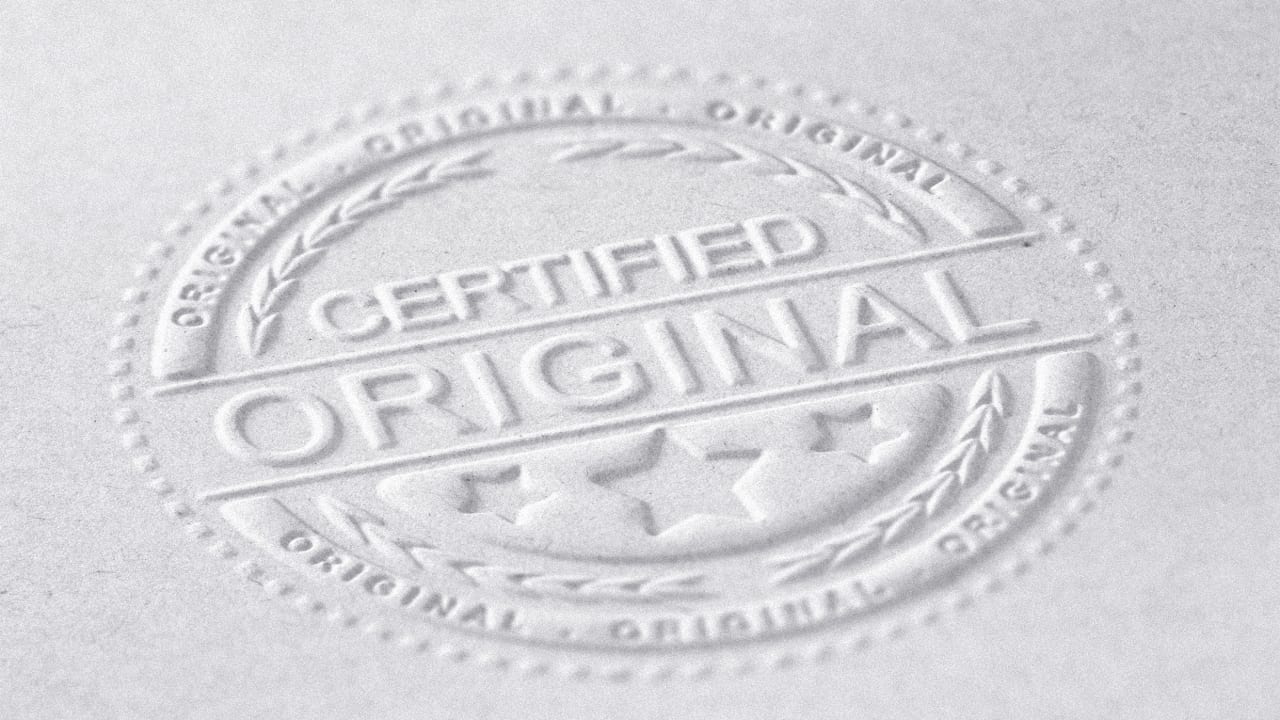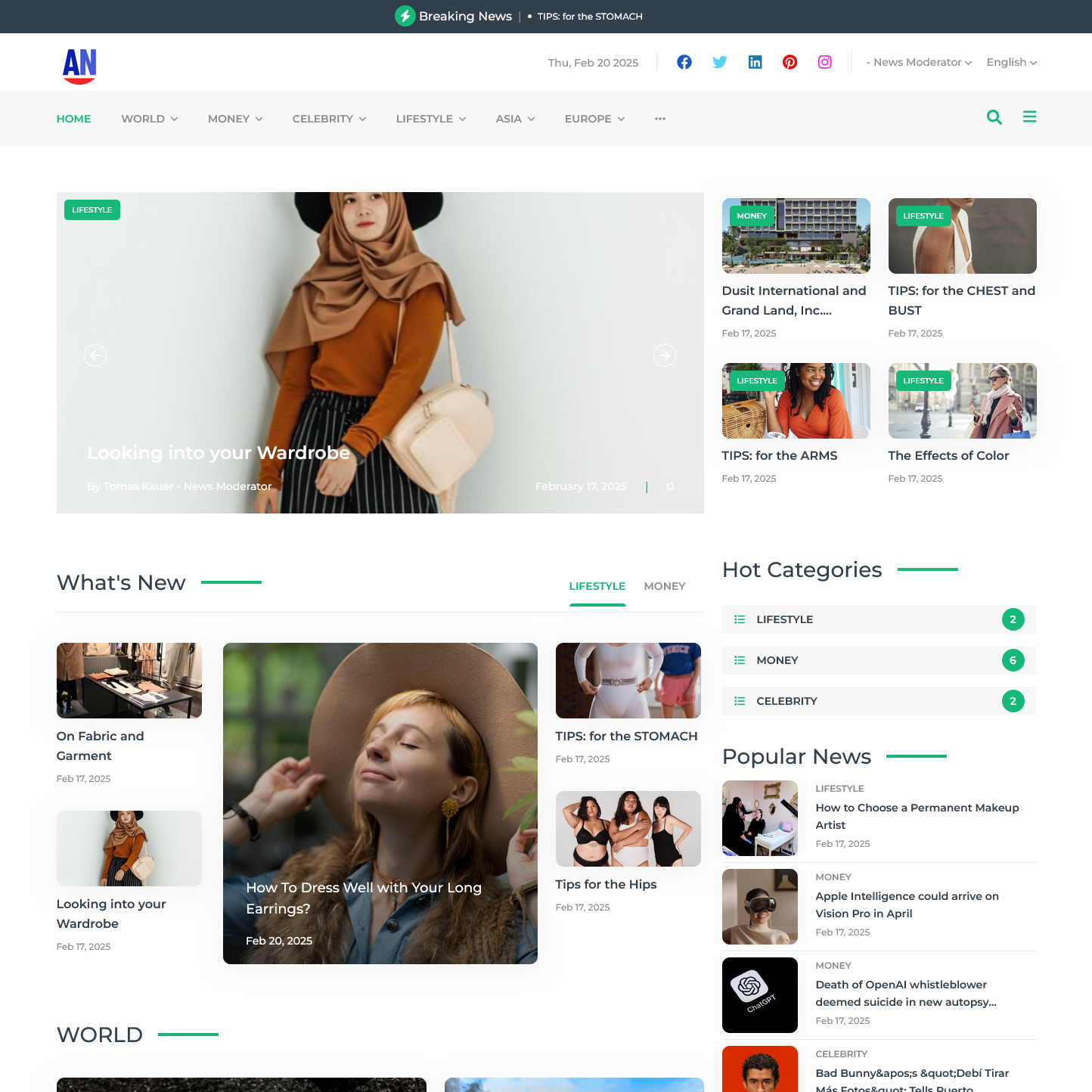At last, Adobe Photoshop comes to the iPhone (and it just might be great)
At last, Adobe Photoshop comes to the iPhone (and it just might be great)
After 16 years of experiments to bring Photoshop apps to the phone, Adobe is launching its most convincing attempt yet. Called Photoshop Mobile and available in the App Store today, it’s Adobe’s first earnest attempt to build a Photoshop on mobile with the same unique powers that have made it so popular on desktop.This new Photoshop has been built from the ground up specifically for the phone, where it can sync seamlessly with Photoshop versions on the web and desktop. (An Android version is due this summer.) Pros will appreciate a few big technical headlines: You can have an unlimited number of layers, and there is no restriction on file sizes. (Vector drawing tools aren’t in this initial release, but I’m told Shapes are coming soon.) Casual editors will want to know that the app is free to use, though many features will be tucked inside an $8/month subscription that comes paired with access to Photoshop on the web. “Not all of Photoshop is in here, but we’re very confident in the foundations that we have that people are going to be able to use,” says Matthew Richmond, VP of design for Creative Cloud Pro products and 3D at Adobe. “A big part of this is the focus on the next-gen users, the individuals where, in a lot of cases [the phone is] their only computer.”Truth be told, phones have been fast enough for Photoshop for years. The big breakthrough that made Photoshop on iPhone is beyond technical specs. It’s the app’s entire UX that—at least as I squinted through a webcam demo—looks powerful, quick, and easy to learn. It’s the first time I’ve seen a permutation of Photoshop on a small screen that just seemed right, even if it looked new.A brief history of Photoshop on mobileAdobe’s first attempt at Photoshop on smartphones started in 2009, with a “Photoshop.com” mobile app. It was essentially an extension of the Camera app, and it allowed use of only the most basic controls, like cropping, rotation, and color. It was followed by Photoshop Mix (2014), Photoshop Fix (2015), and, finally, Photoshop Express, which lives on today. With all respect to Express, it’s not really Photoshop. You only need to load it for a few minutes to realize its extreme limitations: namely, building and managing layers and applying masks, when the app is really more focused on creating social-ready image and text layouts. Photoshop Mobile is different. It’s the company’s first smartphone app to take the core UX metaphor inside Photoshop—of creating layers, masking out bits of images, and applying different appearances at each level—and bringing it to a small touchscreen. This approach to image editing is foundational, not just to Adobe’s own software but also to the very way artists and designers have constructed images for centuries. It’s the fundamental framework of putting one color or cutout atop another that makes Photoshop’s approach to digital craft work at all. [Image: Adobe]Photoshop’s new “Select and do” UXThe brilliance of the app is that instead of drop-down menus and palettes of tools on the screen, it starts with your finger—an approach to UI that Adobe calls “select and do.” The idea is that you can tap on whatever part of the image you want, and you’ll be ushered through a workflow suggesting options for your next steps.In Photoshop desktop, and even in the tablet version, selection tools are hidden behind drop-down menus. You might even need to watch a tutorial to discover that they exist.On Photoshop mobile, you’re urged to start selecting right away. A “select area” button sits at the bottom of the screen. Tap on that, and you’re offered all sorts of ways to select (like draw a circle, or use the classic Magic Wand). You can even zoom in to the pixel level to make adjustments on what you select. But its newest option is called “tap select.” And it means that you can simply tap on a photo’s subjects (people, buses, plants) to highlight them, so editing on a phone stays easy. Richmond says it was this and related breakthroughs in touch accuracy—born from the most recent AI technologies—that convinced Adobe that real Photoshop Mobile was feasible. Once something is highlighted, a new menu appears to help with wayfinding in the app. Adobe uses a combination of proven workflows and contextual UI to guide you to your next step. In this case, options appear to modify just this highlighted portion of the image (perhaps you want to use generative fill on that area, or change the color). Select whatever option you like, and that work becomes a new layer.[Image: Adobe]And gosh, those layers look lovely. They appear on the right side of your screen as thumbnails, always in reach. And you tap in to adjust their properties or reorder them on the stack, just like you can on a desktop. Still, the experience is specifically not the desktop. Yes, Adobe’s tens of thousands of fonts and Stock gradients and images are available for building new layers and masks. But no, you don’t have every possible button you can imagine there all
Comments 0
Most Read
Recommended Post
Gogolook launches news wall feature to Whoscall App




















Leave a Comment